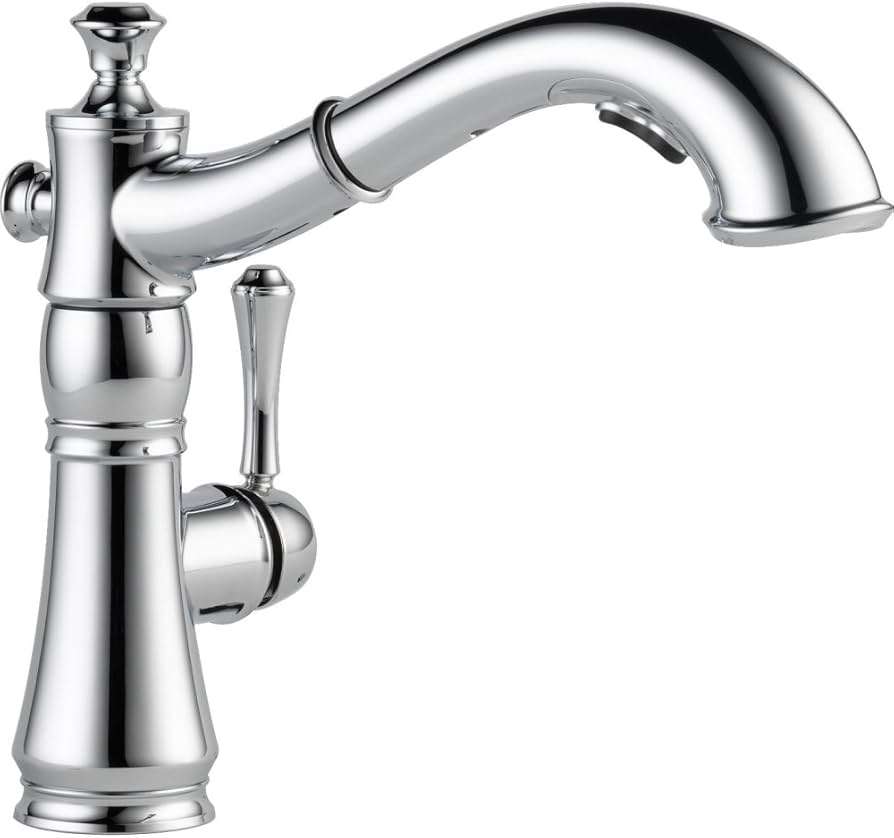Choosing the right undermount kitchen sink for a 33 inch cabinet can feel overwhelming, given the myriad options available. The sink is the workhorse of any kitchen, enduring daily use and impacting both functionality and aesthetics. This guide delves into the specific considerations for selecting an undermount kitchen sink for a 33 inch cabinet, ensuring you find a perfect fit that maximizes space and elevates your kitchen design. We’ll explore materials, styles, installation tips, and maintenance advice to empower you to make an informed decision and create a kitchen you’ll love.
Understanding Your Cabinet and Sink Dimensions
Before diving into specific sink models, it’s crucial to accurately measure your 33-inch cabinet’s interior dimensions. While the cabinet is nominally 33 inches wide, the actual usable space inside may be slightly less due to cabinet wall thickness. Generally, you’ll want to look for sinks with a maximum width of around 31-32 inches to ensure a proper fit and allow for mounting hardware.
Key Measurement Considerations:
- Interior Width: Measure the inside width of your cabinet at the top and bottom.
- Interior Depth: Measure from the front of the cabinet to the back.
- Cabinet Base: Consider the thickness of the cabinet base, as this impacts sink depth.
Material Matters: Choosing the Right Sink Material
The material of your undermount kitchen sink for a 33 inch cabinet significantly impacts its durability, appearance, and maintenance. Here are some popular options:
- Stainless Steel: A classic choice, stainless steel is durable, heat-resistant, and relatively affordable. Look for lower gauge numbers (e.g., 16 gauge) for thicker, more durable sinks.
- Granite Composite: Made from a blend of granite dust and resin, these sinks are incredibly durable, resistant to scratches and stains, and come in a variety of colors.
- Fireclay: Known for their smooth, non-porous surface, fireclay sinks are resistant to chipping and staining, offering a classic farmhouse aesthetic.
- Quartz Composite: Similar to granite composite, quartz composite offers excellent durability and stain resistance, often with a more modern appearance.
Single Bowl vs. Double Bowl: Which is Right for You?
For a 33-inch cabinet, a single bowl sink generally provides the most usable space, especially for washing large pots and pans. However, a double bowl sink can be more convenient for multitasking, allowing you to wash dishes on one side while rinsing on the other.
Consider the following table to help you decide:
| Feature | Single Bowl Sink | Double Bowl Sink |
|---|---|---|
| Usable Space | More | Less |
| Convenience for Multitasking | Less | More |
| Best for Washing Large Items | Yes | No (unless bowls are large) |
Installation Tips for Undermount Sinks
Installing an undermount sink requires precision and careful attention to detail. It’s generally recommended to hire a professional plumber, especially if you’re not comfortable with plumbing tasks. The process usually involves:
- Preparing the Countertop: The countertop must be properly cut and sealed to accommodate the sink.
- Applying Silicone Sealant: A bead of silicone sealant is applied around the rim of the sink.
- Securing the Sink: The sink is attached to the countertop using clips or brackets.
- Connecting Plumbing: The drain and water supply lines are connected.
Proper installation is critical to prevent leaks and ensure the sink remains securely attached to the countertop for years to come.
Maintaining Your Undermount Kitchen Sink
Regular cleaning and maintenance will help keep your undermount kitchen sink for a 33 inch cabinet looking its best. Avoid harsh chemicals and abrasive cleaners, which can damage the finish. For stainless steel, use a stainless steel cleaner and microfiber cloth. For granite or quartz composite, use a mild soap and water. Always rinse the sink thoroughly after cleaning.
Ultimately, selecting the perfect undermount kitchen sink requires careful consideration of your cabinet size, material preferences, and functional needs. By weighing these factors, you can find an undermount kitchen sink for a 33 inch cabinet that enhances both the beauty and efficiency of your kitchen for years to come.







